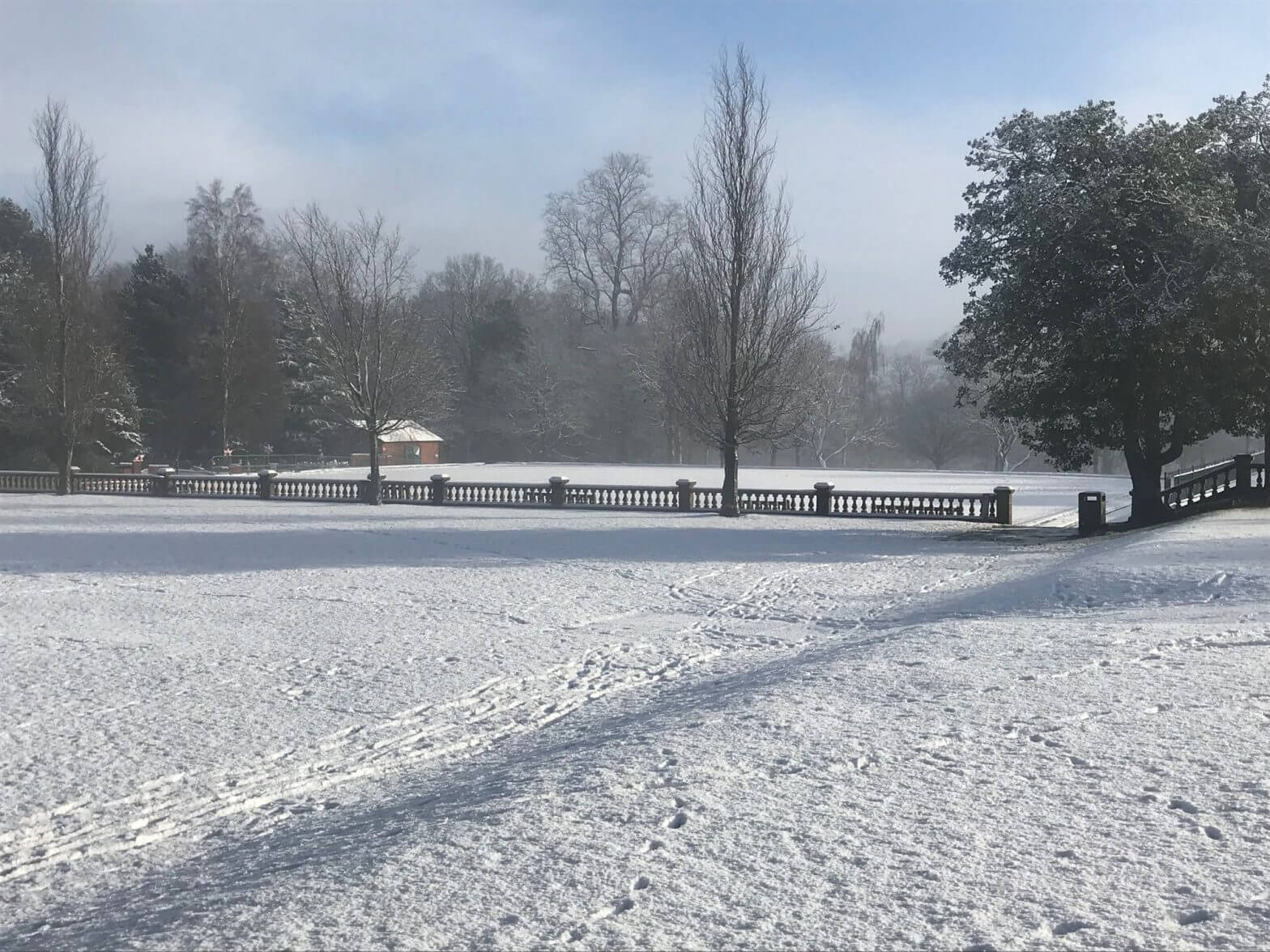


Metro Manila’s ECQ was lifted on 1 June, replaced by general community quarantine (GCQ), which allowed some economic activities to resume and limited public transportation to operate. The proclamation allows the national and local governments ample leeway to utilize appropriate funds in their disaster preparedness and response efforts to contain the spread of COVID-19 and continue provision of basic services to their respective populations.Īfter 15 May, there was a gradual easing of lockdown in certain areas depending on the number of COVID-19 cases, with the main aim of enabling economic recovery. 929 placing the country under a state of calamity due to COVID-19 for six months, again adhering to the Constitution’s Article II, Section 15 and the Philippines Disaster Risk Reduction and Management Act (RA No. On 16 March, the President signed Proclamation No. In the next few months, the government would impose various types of quarantine and the list of allowed and disallowed activities outside homes evolved based on the changing evaluations of the Inter-Agency Task Force on Emerging Infectious Diseases (IATF). On 16 March, the entire Luzon group of islands was placed under enhanced community quarantine (ECQ), effectively a total lockdown and the strictest category of lockdown imposed in the country. 11332), which provides that the Philippine President shall declare the state of public health emergency in case there is an epidemic of national and/or international concern that threatens national security and enables the President to mobilize agencies and resources to address the threat.Ī partial lockdown of Metro Manila from 15 March to 14 April was announced, together with suspension of travel to and from Manila. This declaration adheres to the 1987 Constitution, particularly the State’s policy to protect and promote the right to health of the people (Article II, Section 15), and the Law on Reporting of Communicable Diseases (Republic Act No. 922) and suspende d school classes in Metro Manila. By February, voluntary repatriation of Filipinos from Wuhan was initiated.Īfter the first cases of local transmission, President Rodrigo Duterte declared a state of public health emergency in the country on 8 March (Proclamation No. However, in early February, the administration relented to pressure from some legislators and interest groups and imposed a travel ban on flights from Wuhan, Macau, and Hong Kong.

Initially, the national administration downplayed the virus and claimed that the country was on top of the situation. The first imported case of COVID-19 was detected in the Philippines in late January 2020. Overview of Legal and Political Response and Adaptation to COVID-19 This post reviews the past year, focusing on the main legal and political issues as well as prospects in the country with the second highest total number of COVID-19 cases in Southeast Asia. The Philippines have one of the longest lockdowns in the world in response to COVID-19.


 0 kommentar(er)
0 kommentar(er)
